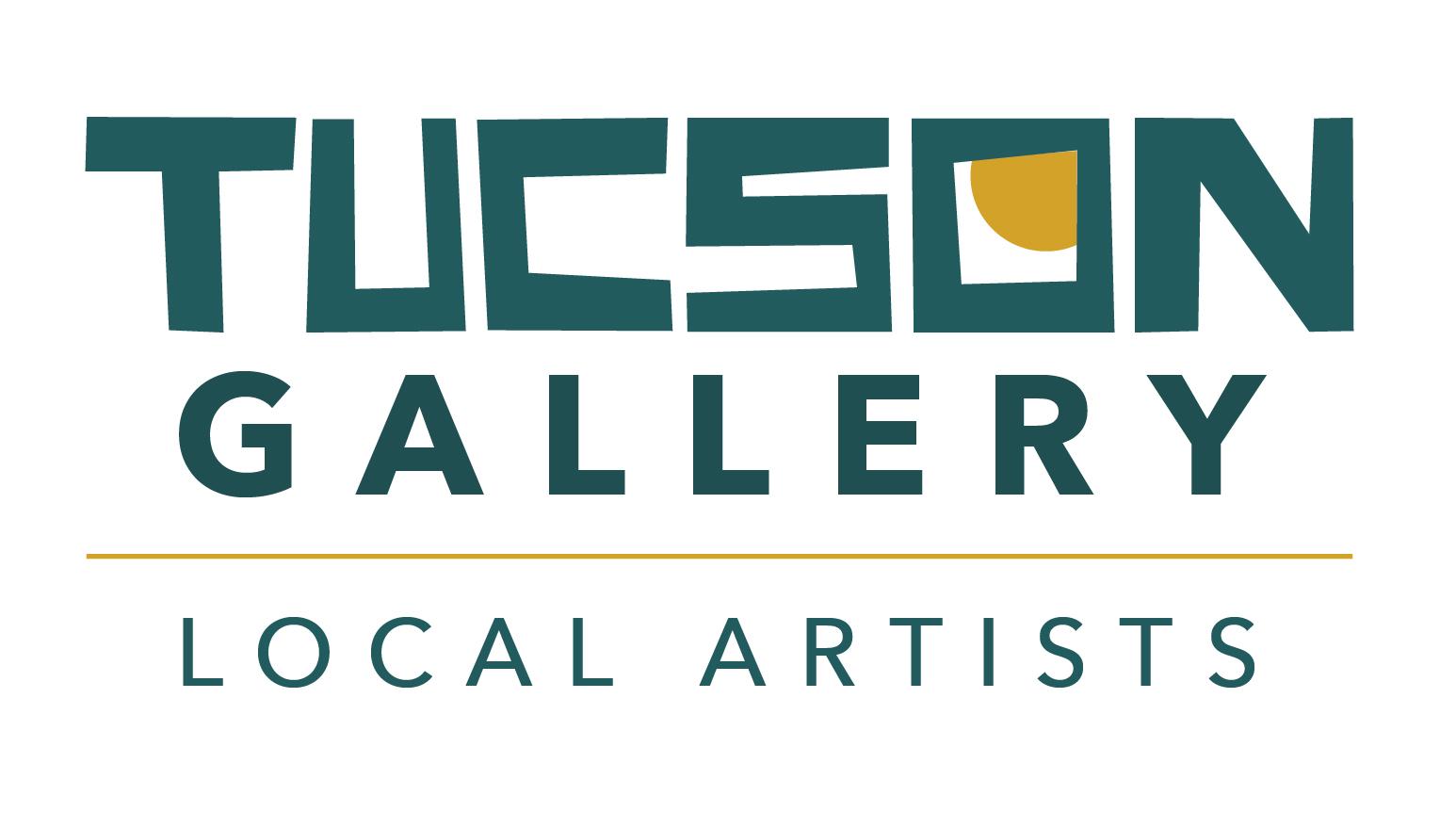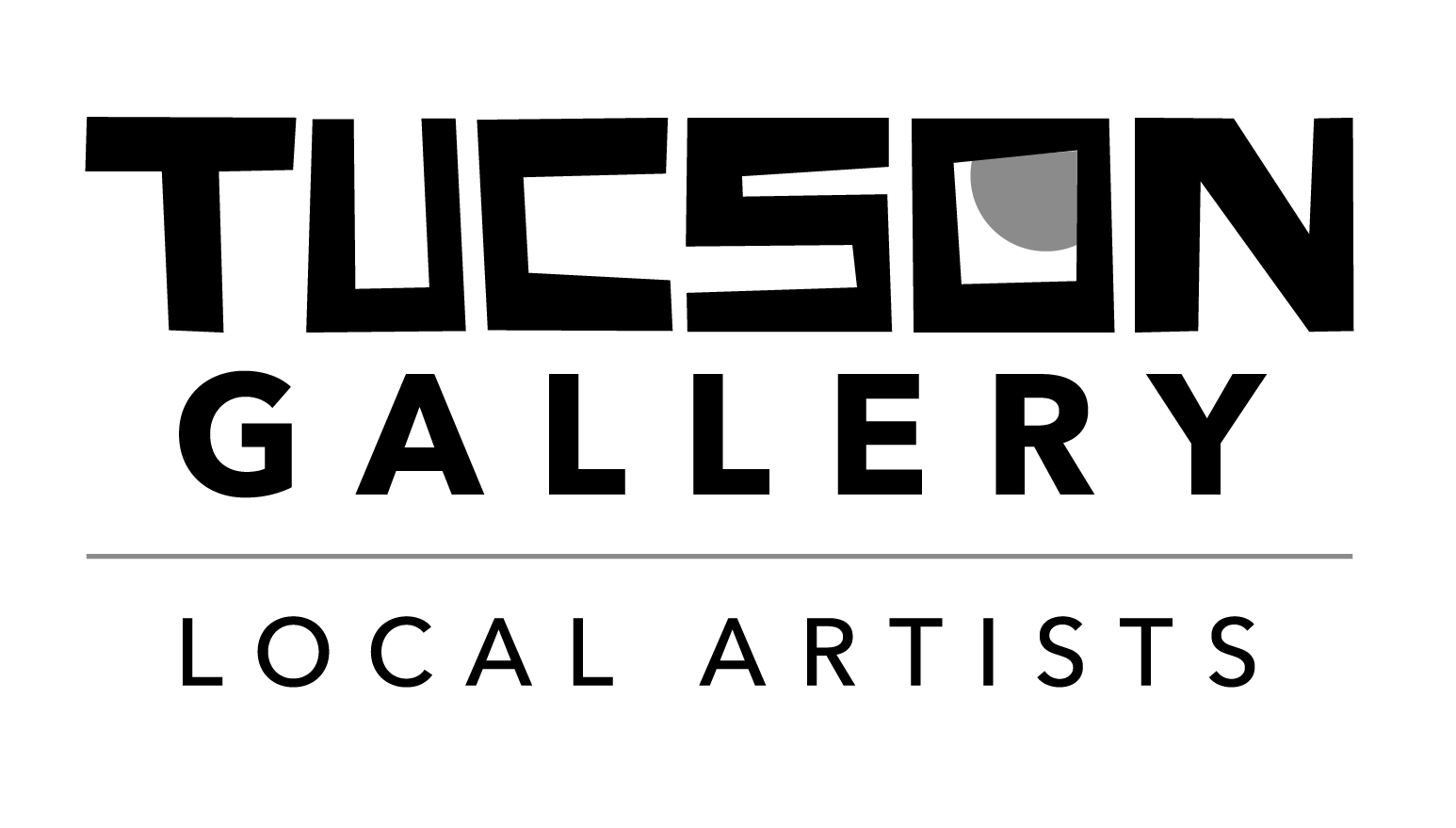
It was another sunny day in Tucson, and Javi the javelina, Timmy the tortoise, Jack the jackrabbit, and Xander were ready for a new adventure. They had hopped aboard the Tucson Trolley Tours, where Darren, their guide for the day, greeted them with a big smile. Darren, who loved gardening and was especially passionate about bonsai, was thrilled to be showing the gang around Mission Garden, one of his favorite places in the city.
“Our next stop is Mission Garden,” Darren announced as the trolley rolled toward “A” Mountain. “It’s a really special place where history, gardening, and food come together.”
The gang’s ears perked up. They always loved learning new things, and this stop sounded extra exciting. As soon as they stepped off the trolley, they were greeted by rows of lush greenery, fruit trees, and colorful desert plants.
“This is beautiful!” Jack said, hopping closer to a row of leafy greens. “It looks like a giant garden!”
“That’s because it is,” Darren said, his eyes lighting up as he led the way. “Mission Garden is a living agricultural museum. It’s on the original site of the San Agustin Mission, which was built by Spanish settlers in the late 1700s. They brought with them crops like pomegranates, quince, and figs, which are still grown here today.”
Timmy admired a nearby mesquite tree. “I’ve read that the indigenous people here, like the Tohono O’odham, were farming in this area long before the Spanish came.”
“That’s right!” Darren said proudly. “The Tohono O’odham have been growing native crops like corn, beans, and squash for thousands of years. This garden is dedicated to preserving that history. It shows how different cultures influenced Tucson’s food traditions.”
Javi sniffed the air, picking up the scent of fresh herbs. “It smells amazing here! And what’s that over there?” he asked, pointing to a small tree in a pot with delicate branches shaped into intricate forms.
“That’s one of my bonsai trees,” Darren said with a grin. “I love bonsai because it’s a way to create miniature versions of big trees. It takes a lot of patience and care, just like the gardens here.”
Jack’s eyes widened. “You’re into bonsai too? That’s so cool!”
“Gardening has always been a big part of my life,” Darren said. “And that’s why I love this place so much. Mission Garden isn’t just about plants—it’s about the connection between people, history, and food. That’s one of the reasons Tucson was named the first UNESCO City of Gastronomy in North America.”
“What’s UNESCO?” Xander asked, curious.
“UNESCO is an international organization that recognizes important cultural and natural places around the world,” Darren explained. “They honored Tucson because of its unique farm-to-table traditions, sustainable food practices, and gardens like this one. People here have been growing food for thousands of years, and those traditions are still alive today.”
Jack, who had been nibbling on a dandelion leaf, perked up. “Wow, so this garden is really important!”
“It is!” Darren said. “Mission Garden grows a wide variety of crops, from ancient native plants to those introduced by the Spanish. They even make products from what they grow, like prickly pear jelly, mesquite flour, and heirloom fruits.”
Timmy licked his lips. “I’ve tried prickly pear jelly before—it’s delicious.”
“And the best part is, anyone can volunteer to help out,” Darren added. “The garden relies on people to keep it going, whether it’s planting, harvesting, or teaching visitors.”
Jack suddenly had an idea. “I want to volunteer here! I love greens, and I’d be great at helping in the garden!”
Javi laughed. “You’d probably eat all the greens before they could grow!”
“Well, maybe,” Jack admitted, twitching his nose. “But I’d still be helping, right?”
Darren chuckled. “Actually, Jack, you’d fit right in. Mission Garden is all about working together to preserve history and enjoy nature. And I bet they could use a green-loving jackrabbit like you.”
The friends continued exploring the garden, learning about the different crops and cultures that had shaped Tucson’s unique food history. They marveled at the ancient irrigation techniques used by the Tohono O’odham, admired the fruit orchards introduced by the Spanish, and even tasted some mesquite cookies made from flour ground right at the garden.
As the sun began to set, casting a golden glow over the garden and “A” Mountain, the friends climbed back onto the trolley, ready for more adventures. Jack was still talking about how he was going to be the best volunteer Mission Garden had ever seen.
“You know, Jack,” Timmy said with a chuckle, “just try not to eat more than you grow.”
“I make no promises,” Jack replied with a mischievous grin.
Visit Mission Garden: A Living Link to Tucson’s History
Mission Garden is more than just a garden—it’s a living tribute to 4,000 years of agriculture in the Tucson region. From ancient indigenous crops to Spanish-introduced fruit trees, it offers a unique glimpse into the city’s rich cultural heritage. It’s also one of the reasons Tucson was named the first UNESCO City of Gastronomy in North America, recognizing its farm-to-table traditions and commitment to sustainable food.
Whether you’re interested in history, gardening, or simply want to enjoy the beauty of the desert landscape, Mission Garden is a must-visit destination. And if you’re inspired, like Jack, you can even volunteer and be part of preserving Tucson’s farming traditions! 🌵✨🌿






